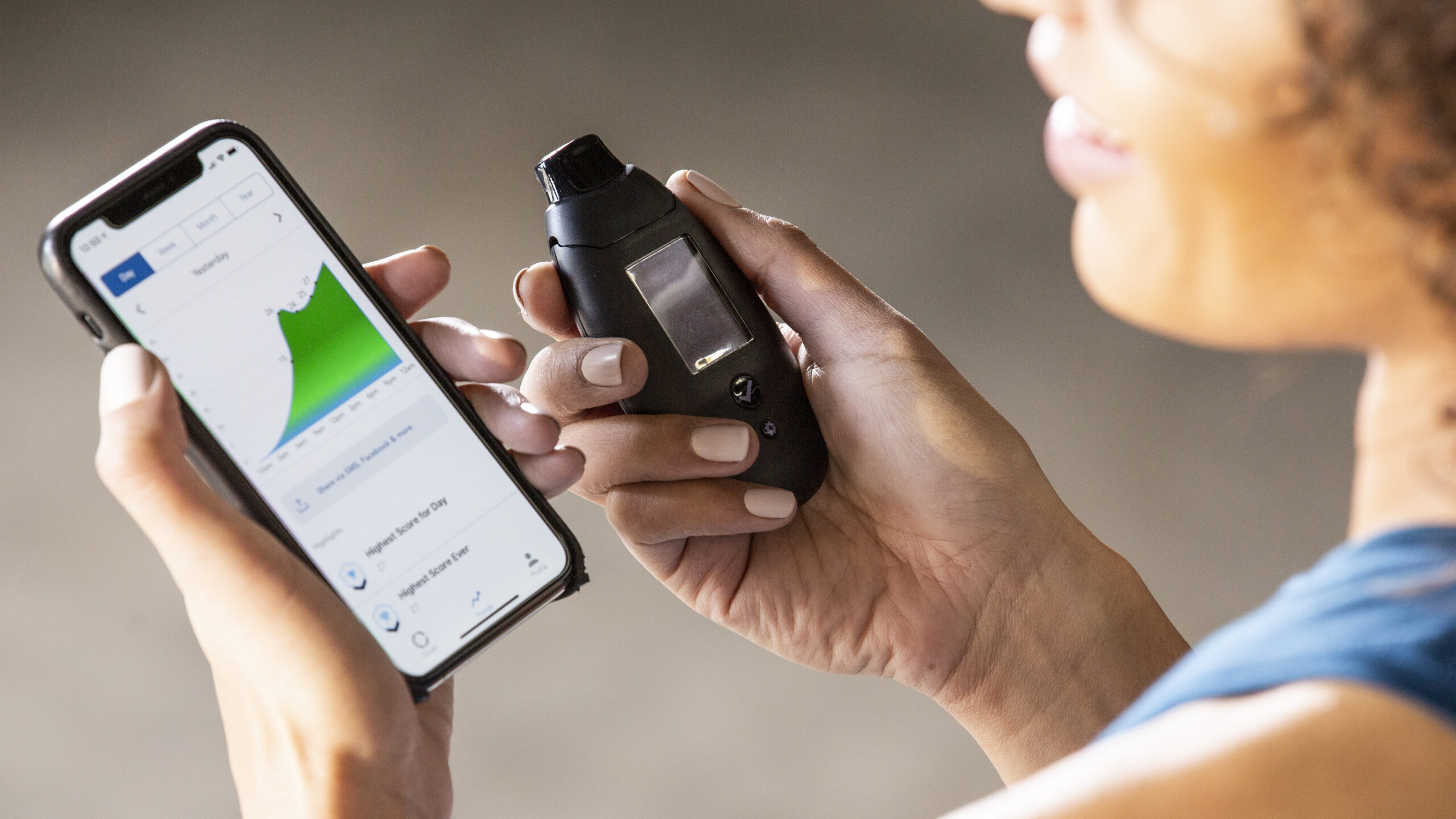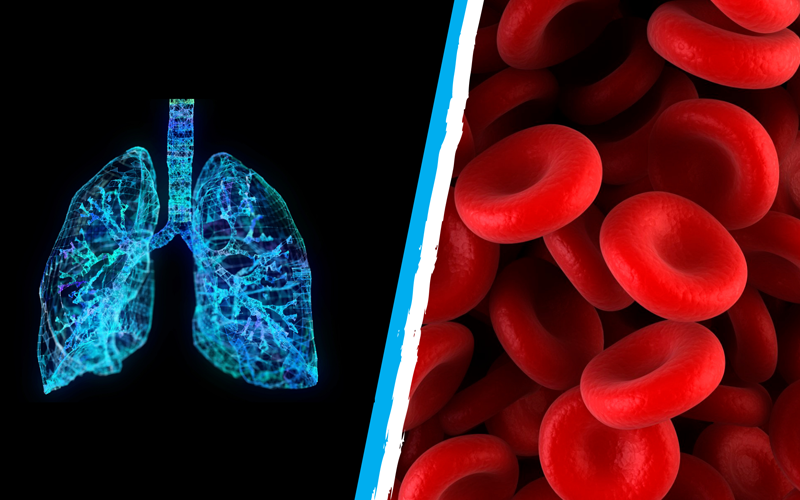Article authored by Readout Health with editorial oversight from Chief Medical Officer, Naomi Parrella, M.D.
A state of fat burn means that your body is getting its energy from fat stores instead of carbs, and the way to get there – and stay there – is to limit high-carb foods in your diet. For most people following a typical American way of eating, this means cutting back on processed snacks, starches, and sugary treats and drinks.
If you love to whip up your own desserts and baked goods at home, this may sound like unwelcome news. The sweeteners you might be used to using, like white or brown sugar, honey, and maple syrup, are higher in carbs and not ideal if staying in fat burn and keeping your blood glucose in the normal range is something you’re after.
The holiday season may not sound like the ideal time to give up your favorite foods. Luckily, you can plan for deviations once in a while. There are a variety of low carb sweeteners you can swap into your favorite recipes to satisfy your sweet tooth without potentially compromising your fat burn. Biosense can show you how different sweeteners affect your fat burn. Take a measurement one hour after you have eaten to see the effect on your ACEs.
Two things to consider before using low carb sweeteners
Some alternative sweeteners may be marketed as lower in carbs than your familiar kitchen standbys, but that doesn’t necessarily mean that your body will process them in the way you’d expect. Each body is different and each metabolism is different. What keeps one person in fat burn may shift another person off track. What matters is how your unique body responds. To truly know the real impact a low carb sweetener – or any food – has on your body, use Biosense to continually measure your fat burn so that you can ensure your sweeteners of choice aren’t undermining your efforts.
Also, just because a sweetener is lower in carbs doesn’t mean dessert should be a mainstay of your diet. Research shows that consuming any sweetened foods and drinks may actually promote cravings for more. In some people, this can lead to overeating and weight gain. Some people experience altered moods with sweets. Your best bet? Prioritize real foods like proteins and vegetables, and enjoy sweets as an occasional indulgence.
If you’re ready to learn about a few of the most common low carb sweeteners for your cooking and baking needs, check out the list below!
Xylitol
Xylitol looks just like sugar and is just as sweet as sugar, but it is actually a type of sugar alcohol. Sugar alcohols occur naturally in plant foods like berries and fruits, and some are artificially made. Like table sugar, sugar alcohols stimulate the tongue’s sweet taste receptors, mimicking the taste of sugar. Unlike sugar, however, sugar alcohols are not absorbed or digested fully and so are converted to glucose more slowly, require less insulin, and don’t cause a sudden spike in blood sugar. For these reasons, they are commonly used as sugar substitutes. Xylitol is commonly found in candy, mouthwash, and sugar-free gum. Some experts believe that chewing gum with xylitol may even help in reducing dental cavities because it helps to maintain the right amount of acid in the mouth. Xylitol can be used 1:1 as a sugar substitute.
1 teaspoon of xylitol contains 3.7g net carbs.
Erythritol
Erythritol is another type of sugar alcohol found naturally in melons and grapes. It is slightly less sweet than xylitol, providing 60% to 80% the sweetness of table sugar. Like other sugar alcohols, erythritol is either absorbed early in the small intestine, or it is fermented by the gut microbiome and it does not raise blood sugar or insulin levels. It may have a bloating or laxative effect in some people, or if consumed in excess. Erythritol is found in a granulated or powdered form and can be used in baking and cooking. Be aware that erythritol doesn’t dissolve as easily as sugar, and some foods can have a gritty texture. For each cup of sugar, it’s recommended to swap 1 ⅓ cups of erythritol.
1 teaspoon of erythritol contains 0.4g net carbs.
Monk Fruit Extract
Boasting a sweetness that is up to 200 times sweeter than sugar, this sugar substitute gets its name from the monk fruit, a fruit native to China and Indonesia that was cultivated by monks for its sweetness and added to soups, broths, and teas. Monk fruit sweetener does not impact blood sugar levels and tends not to cause digestive upset. Some manufacturers blend monk fruit sweetener with sugar, molasses, or other fillers that can change its carb content, so make sure to check the ingredient label carefully. Because of its intense sweetness, a little monk fruit sweetener goes a long way and it may also be mixed with inulin or erythritol to reduce the sweetness. When using it in the kitchen, while some people use an equal amount of monk fruit sweetener for sugar, you may want to consider using less for the best taste.
1 packet of monk fruit sweetener contains 0.5g net carbs.
Stevia
The natural sweetness of stevia comes from the South American stevia rebaudiana plant. It comes commercially available in powdered, granulated, and liquid form, and is up to 250 to 300 times sweeter than table sugar. Stevia does not break down in heat, making it an excellent option for baking and cooking. There’s also research to suggest that stevia can lower elevated blood pressure. But some people find that one of the stevias, rebaudioside A, has a bitter aftertaste, and that for certain recipes, it can be a challenge to get the same results when making the swap from sugar. Alternatively, using the form of stevia, rebaudioside M, eliminates the bitter aftertaste. Check the ingredient labels on all stevia products, as several on the market contain sugars and other fillers. Because it is so sweet, it is recommended to sub only 1 teaspoon of stevia for each cup of sugar.
1 packet of stevia contains 0.5g net carbs.
The bottom line
If you’re following a low carb way of eating, you’re likely cutting back on sugary snacks, drinks, and desserts. But that doesn’t mean you have to abandon your sweet tooth for good. It is possible to enjoy your treats the way you like them while still remaining in fat burn. There are a variety of commercially available alternative sweeteners you can use to sub in for sugar while in the kitchen. Using Biosense regularly will ensure that the sweetener you choose has the minimal impact on your blood sugar that you want. And remember – to avoid triggering cravings and subsequent weight gain, it’s also ok to skip the sweets!



